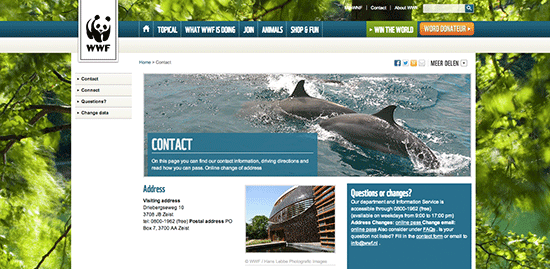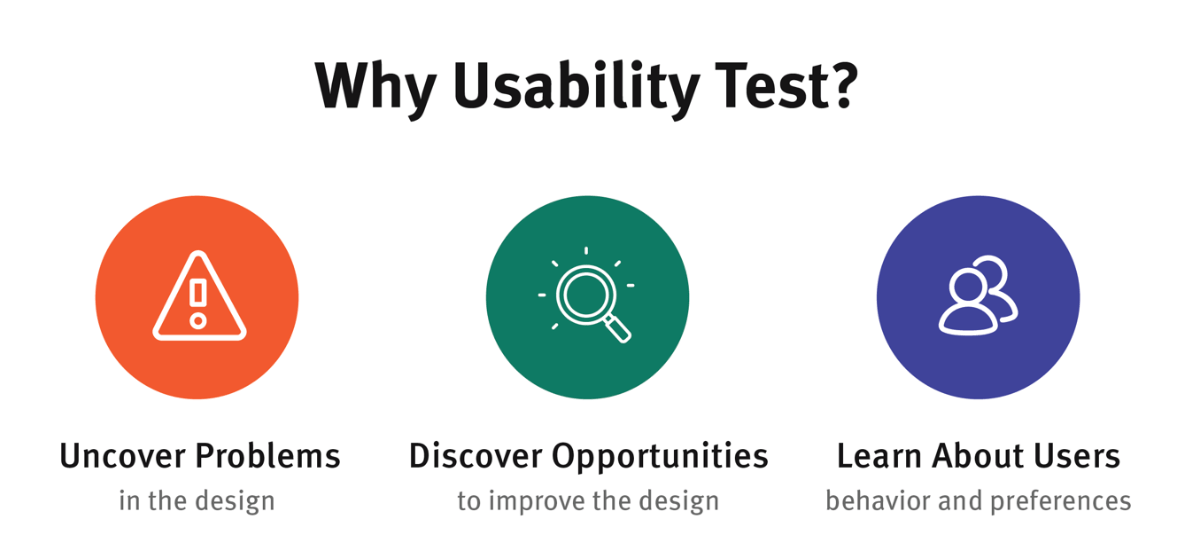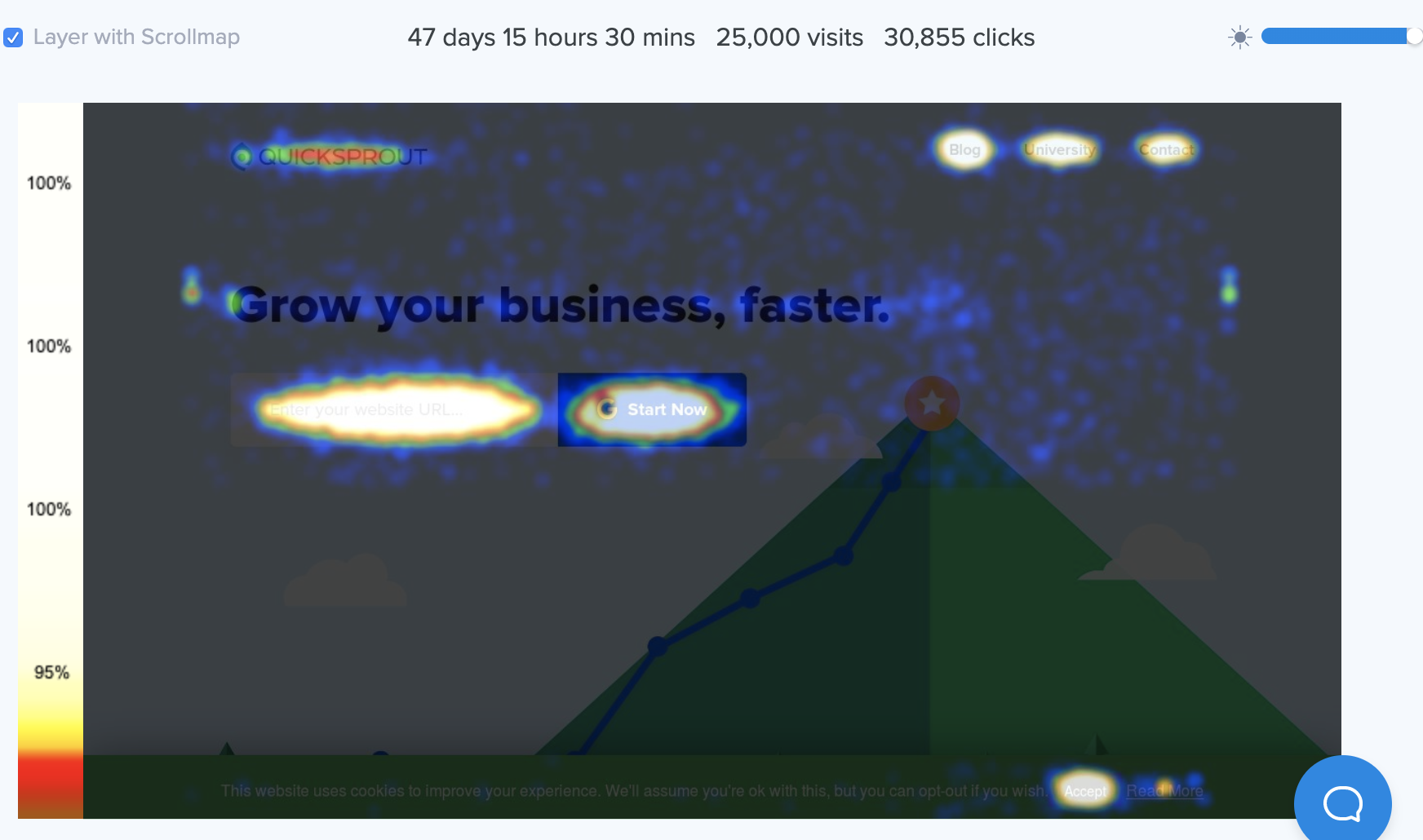Communication is a central aspect of most—if not of all—websites.
It can be either one-way or two-way, and it happens on many different levels.
Back in the days when the Internet was new, online communication was basically limited to providing information on one side and consuming it on the other. There was little or no such thing as an engaging website.
As the Internet matured, however, it also became important to engage visitors in a conversation.
Today, the Internet is interactive. Period. And that’s exactly what people expect when they go online.
We are still looking for information or other content that people have shared with us. But at the same time, we want to respond to those people. We want to share our opinion. We want to contribute. Help others. Ask questions. And most of all, we want to get to know the people that we ‘meet’ online.
Luckily, with a maturing Internet comes an advanced set of technologies that we can use to cater to and encourage all these different interactions.
Let’s take a look at five things you can do to provide a two-way communication for your visitors.
1. Contact details – be available
First of all, make sure you have sufficient contact details on your site.
This might seem too obvious to mention here, but the truth is: A lot of people still don’t see the importance of comprehensive contact details. The result? This vital information is missing altogether.
Think about this for a second…
Someone visits your website and they like it so much, they want to compliment you on it. They don’t know you and it’s not an urgent matter, so they decide they want to send you an email.
Now what happens if you don’t provide your email address? And let’s assume you don’t have a contact form on your site either.
Right, people might try and call you. Possibly they even consider sending you a postcard. However, if they cannot find any kind of contact information, eventually they will give up.
Not only did you miss out on some positive feedback, you also sent a pretty clear message to your visitor.
That is: “I don’t want you to contact me.”
Even the possibility that people can get in touch—using the channel they prefer and that seems appropriate for their concerns—shows that you are available and that you appreciate feedback.
It doesn’t mean that people will actually send you a postcard. They probably won’t anyway. But knowing they could makes you a much friendlier and trustworthy person or company.

WWF does a great job regarding the contact details they offer on their site. Despite the fact that it’s a rather big organization, you can choose from any communication channel you want.
You can call them, send an email, use their contact form, or visit them in person. They also have a support page where you can search for different questions and topics, and they invite you to connect with them via different social media channels.
This way they make sure everyone can get in touch—no matter which medium or channel they prefer.
2. Social media – be social
Besides the classical contact details, you can also engage with your visitors through social media.
Social media has become increasingly popular with consumers and businesses, mainly because of its interactive nature. You could even choose to replace your traditional contact details with social media. However, this only works if you are also actively using those platforms and responding to your visitors’ requests.
A lot of companies make the mistake of being on as many different social platforms as possible. This is not a mistake because the social platforms are wrong—even though some platforms work better for one company than another—but because:
- Their motivation to be on social media is wrong.
- Their priorities are not to engage with followers, but just to keep up with the competition.
The wrong motivation can be something like “If we are on Facebook, young people will like our company.” or “Everyone is on Facebook. We have to have it, too.”
Being on social media doesn’t change anything about your brand or company. Being active on social media does.
Also, if everyone is on Facebook, it doesn’t mean your company should be too. You should be where your users are. If they are on Facebook, fine. If they are on another social network, go there.
Whatever you do with social media, make sure you can keep your promises. Again, social media is social. It’s interactive and people will expect you to react if they reach out.
If you have limited resources, such as a limited time budget, don’t force yourself to be on every platform out there at the same time. Pick the one that suits you and your users best and stick with it.
Better you handle one social media platform well—meaning you successfully engage and interact with your followers—than being on multiple platforms and still not available.

With 34 million likes on facebook, Starbucks has one of the biggest Facebook fan bases out there. They easily get 50k+ likes, 500+ comments and 1000+ shares per post.
Why? Because they know how to engage with their community and they offer a platform for their community to engage with each other.
While a lot of companies still use social media as a mass medium to shout at their followers, Starbuck has successfully established two-way communication.
3. Marketing – be open
Thirdly, your marketing activities can be a great way to start a conversation with your visitors (or vice versa). Your communication efforts can be a great wrapping for your marketing messages.
Traditional marketing tools, such as newsletters, are rather one-directional. However, the way you present it and the content you share carry some valuable information about your company.
Make sure you don’t just inform your users and ask them to do something. Instead, offer them some valuable content. Show them that you care and that you are interested in a positive relationship with them.
Ask them for feedback and think of ways to include them in your marketing efforts. For example, you can accept guest posts, come up with a little contest, encourage public discussions, and much more.
Sharing expert information such as high-quality articles and case studies—without self-promotion and with an open ear for feedback—will place you in a favorable and accessible light. This may take a while, and it’s not an easy task, but eventually people will recognize you as a open and generous person and will approach you with their ideas and concerns.
Then once you have your visitors’ trust, you have a professional obligation to preserve that trust. At the same time, you will find yourself in the valuable position of a thought leader: People will hang on your every word.

An example par excellance of thought leadership through communication is the Seattle-based entrepreneur, angel investor, and analytics expert Neil Patel.
He is an expert in his field and has enough success stories to prove so. Still, he is a very likable and down-to earth kind of guy. I met him once during a Startup & Measure event in Amsterdam last year, and it was fascinating to see how openly and willingly he shared his insights—and how eagerly people listened to his every word.
4. Design – be encouraging
Besides your content and the actual verbal communication, you can also communicate with your visitors through your visual design.
How? Believe it or not, your design says a lot about you and your company. The colors you use, the level of creativity, the overall look and feel of your site—everything communicates who you are, what your values are, and whether or not you are likable people.
For example, a very classic and clean design can perfectly present your content. At the same time, though, it might feel cold and sterile, and anything but inviting. Sure, people will find what they are looking for, but they won’t stick around any longer than necessary.
By adding some personality to your design, you can make visitors feel welcome and comfortable on your site, while still keeping your clean and professional look. Add some hand-drawn elements, a little mascot, or otherwise some authentic photographs to break the ice. Show yourself and your team and use your team page to make your company more tangible and your website more alive.
Also, showing that others are already interacting with your company or site helps people feel less hesitant to do the same. By including some testimonials together with photographs of your clients, or ratings by other users, you add a fresh and changing component to your design that people will recognize—maybe even take as reference to get in touch themselves.

The Kickstarter website has an overall clean and porfessional look to it. Yet, it feels very inviting. Especially the team page, which has a very unique and likeable touch.
The whole team is shown in an stopmotion loop, and it seems like you can actually peak into their office and get an idea of who these people are. From here, picking up the phone and calling them is a small step.
5. Tone of voice – be human
Last but not least, your tone of voice plays an important part when it comes to establishing two-way communication on your website. Key here is the right mix between professionalism and still being within reach.
People are looking for expert and trustworthy information. It is important that you give them the feeling that’s what you provide. At the same time, make sure you don’t sound arrogant.
If possible, get others to confirm your expertise for you. References and testimonials are a great way to gain authenticity without bragging about yourself or your company.
At the same time, it is important to keep your target group in mind and beware of their language. They are the people you want to connect with and, as such, it is critical that you speak their language. If you are not sure how they talk, go out there and talk to your users. Get familiar with their jargon and more importantly with the topics they talk about.
Once you have established a positive relationship with your visitors, show them that you are open for a conversation.
For example, you can start a discussion on your blog or on social media, or you can simply ask people for their feedback. There are lots of tools out there that can help you with that, such as Usabilla Live, which allows you to gather visual feedback from your visitors in real-time.

A company that knows how to reach their target group is Nike. Not only do they address their visitors directly and in a tone of voice that appeals to their target audience, they also structure their website for different sports.
It’s not about whether you want shoes or a shirt, but whether you are a runner or a basketballer. It’s all about identifying yourself with your sport.
Nike sells much more than just clothing and accessories—they sell a feeling. A life-style. And a community for people who want to share that life-style.
Your thoughts?
What are your experiences with two-way communication on the web? Do you have a proven strategy how to engage your visitors in a conversation? Then we’d love to hear about it in the comments!















